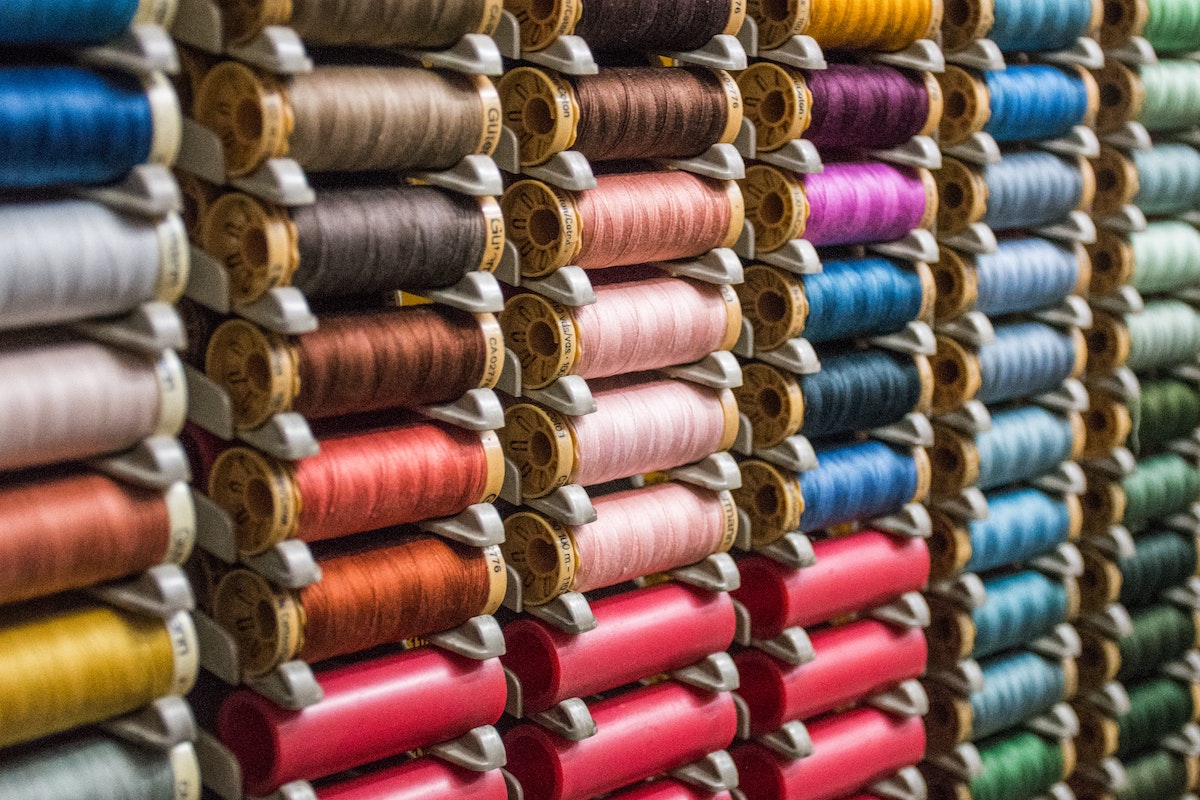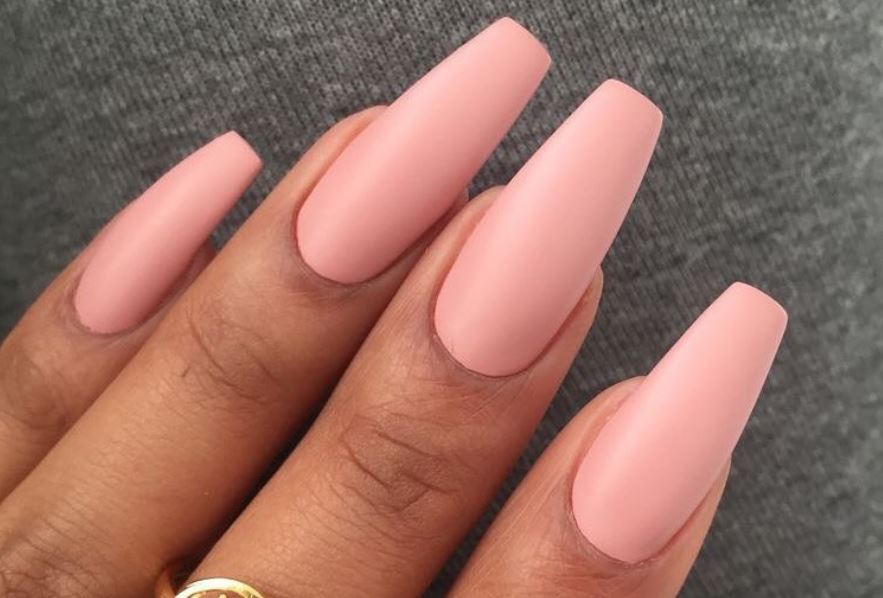Mood rings, an intriguing piece of jewelry that became a trend in the 70s, have bewitched people for generations. They are believed to reflect the wearer’s emotional state by changing colors. But how do they work, and what do the colors represent?
Essentially, mood rings contain a thermochromic element that changes color in response to the wearer’s body temperature. This technology was first developed in the 1960s, and soon after, manufacturers began incorporating it into jewelry. The colors displayed on mood rings are associated with various emotions, making them an exciting tool for self-awareness and reflection. The importance of color in mood rings cannot be overstated, as it is the crucial element that allows wearers to interpret and understand their emotional state.
The Significance of Colors in Mood Rings

The colors on a mood ring are crucial for interpreting the wearer’s emotional state. Each color is associated with a specific emotion or mood, making the mood ring a powerful tool for self-awareness and reflection. For instance, blue typically represents calmness and serenity, while green is often associated with balance and harmony. Yellow is thought to signify happiness and energy, while red is often seen as representing passion and intensity. Other colors, such as black, purple, and pink, can also appear on mood rings and are associated with unique emotions and moods.
Many different color charts exist for mood rings, each with its unique interpretation of what each color represents. For example, MoodRingColorChart.com offers a chart with various colors and their associated emotions. This chart contains colors such as royal blue, expressing love, and dark blue, representing optimism or happiness.
How Mood Ring Color Charts Work
Mood ring color charts are created through a combination of research and interpretation of color symbolism. Different manufacturers and designers may have slightly different interpretations of what each color represents, but there are some general trends that tend to be consistent across different charts.
One important indicator used in mood ring color charts is black. This color is often associated with negative emotions such as fear, anxiety, or sadness. Brown is another color that can signify negative emotions such as depression or boredom. On the other hand, colors like pink or orange may represent positive emotions such as happiness, love, or excitement.
Mood ring colors change, which can be caused by changes in body temperature, which are in turn influenced by the wearer’s emotional state. For example, when a person feels calm and relaxed, their body temperature may be lower, causing the mood ring to turn blue or green. Conversely, when a person feels excited or passionate, their body temperature may increase, causing the mood ring to turn red or orange.
Factors that Affect Mood Ring Color Changes

The color changes in mood rings are influenced by a variety of factors, including body temperature, environment, and stress levels. These factors can impact the accuracy of mood ring color charts and make it challenging to interpret the wearer’s emotional state.
Body temperature is one of the primary factors that can affect mood ring color changes. When a person’s body temperature changes, the crystals in the mood ring will shift, causing a change in color. Environmental factors, such as exposure to sunlight or cold temperatures, can also affect body temperature and therefore impact the color changes in a mood ring.
Stress levels are another essential factor that can impact mood ring color changes. When a person is experiencing high levels of stress, their body temperature may fluctuate more rapidly, causing the mood ring to change colors more frequently. This can make it challenging to interpret the wearer’s emotional state accurately.
In addition to these factors, individual differences in skin temperature and circulation can also impact the color changes in mood rings. For example, someone with poor circulation may not experience the same range of color changes as someone with good circulation.
Overall, while mood rings can be an exciting tool for exploring the relationship between color and emotion, it’s essential to remember that they are not always accurate. The various factors that can impact color changes can make it challenging to interpret mood ring color charts precisely.
The Science Behind Mood Ring Color Changes
Mood ring color changes are based on scientific principles such as thermochromism and liquid crystals. Thermochromism refers to the property of certain materials to change color in response to changes in temperature. This occurs because temperature changes can cause the molecules in the material to become more or less ordered, altering how they absorb and reflect light. On the other hand, liquid crystals are materials that can change their optical properties in response to changes in electric fields, temperature, or other external stimuli.
Mood rings typically contain a thermochromic element, such as liquid crystals, that changes color in response to the wearer’s body temperature changes. When the body temperature changes, the liquid crystals in the mood ring undergo a shift in their molecular structure, causing a color change.
Several studies and research have been conducted on the science behind mood rings, exploring the properties of thermochromic materials and the effects of temperature changes on liquid crystals. This research has contributed to developing new and improved technologies for color-changing materials, which have applications beyond just mood rings.
Interpreting Mood Ring Colors
Interpreting the colors on mood ring color charts can be a fascinating way to explore the relationship between color and emotion. However, it’s important to remember that each color’s meaning may vary depending on personal experiences and circumstances.
When interpreting mood ring color meanings, it’s essential to consider all factors, including the wearer’s body temperature, environmental conditions, and stress levels. Additionally, it’s necessary to consider the wearer’s personal experiences and circumstances. For example, someone who has had a traumatic experience associated with the color red may interpret a red mood ring differently than someone who has positive associations with the color.

Mood ring color charts can be powerful tools for self-expression and personal style, allowing wearers to incorporate color and emotion into their fashion choices. The different colors and their associated emotions can help wearers communicate their feelings without saying anything. Additionally, mood rings can be a fun and exciting way to explore the relationship between color and emotion.
However, it’s essential to remember the limitations of mood ring color charts. The accuracy of these charts can be affected by various factors, including body temperature, environmental conditions, and individual differences in skin temperature and circulation. Personal experiences and circumstances can also influence how a person interprets the colors on a mood ring. Therefore, while mood rings can be a fun and exciting way to explore color and emotion, they should not be relied on as a precise indicator of a person’s emotional state.




